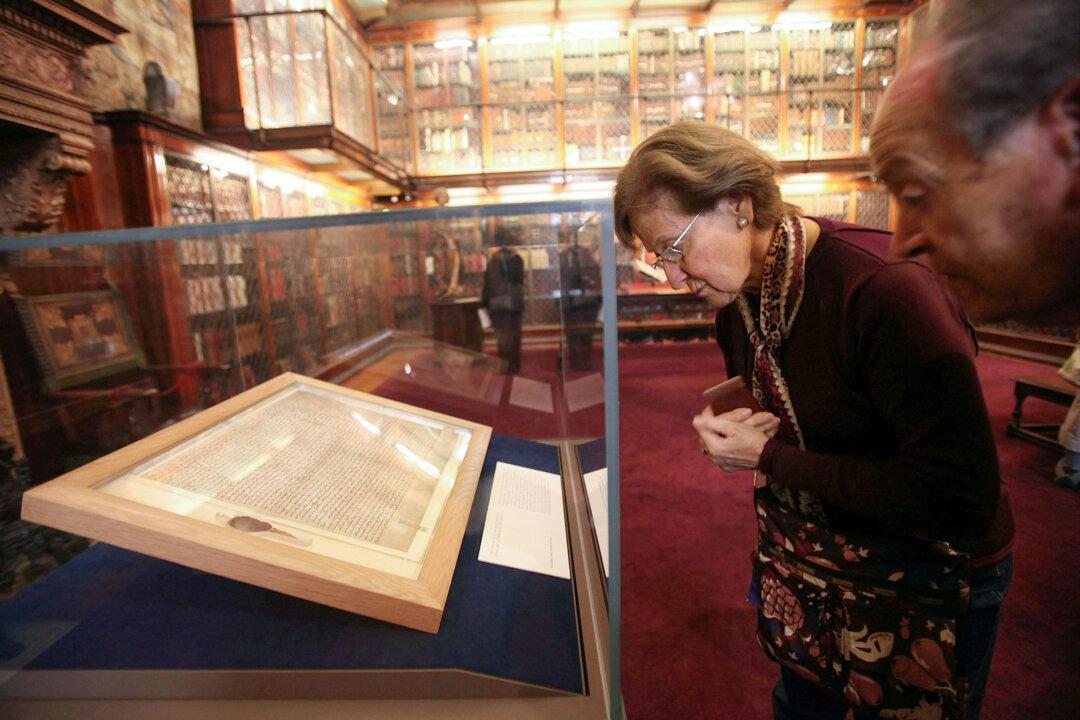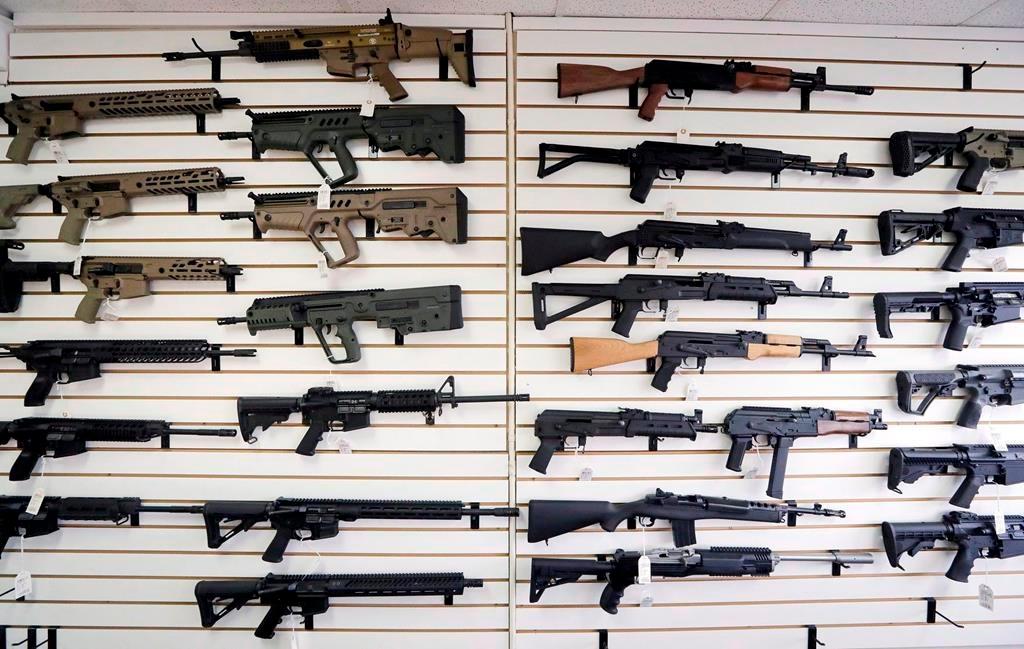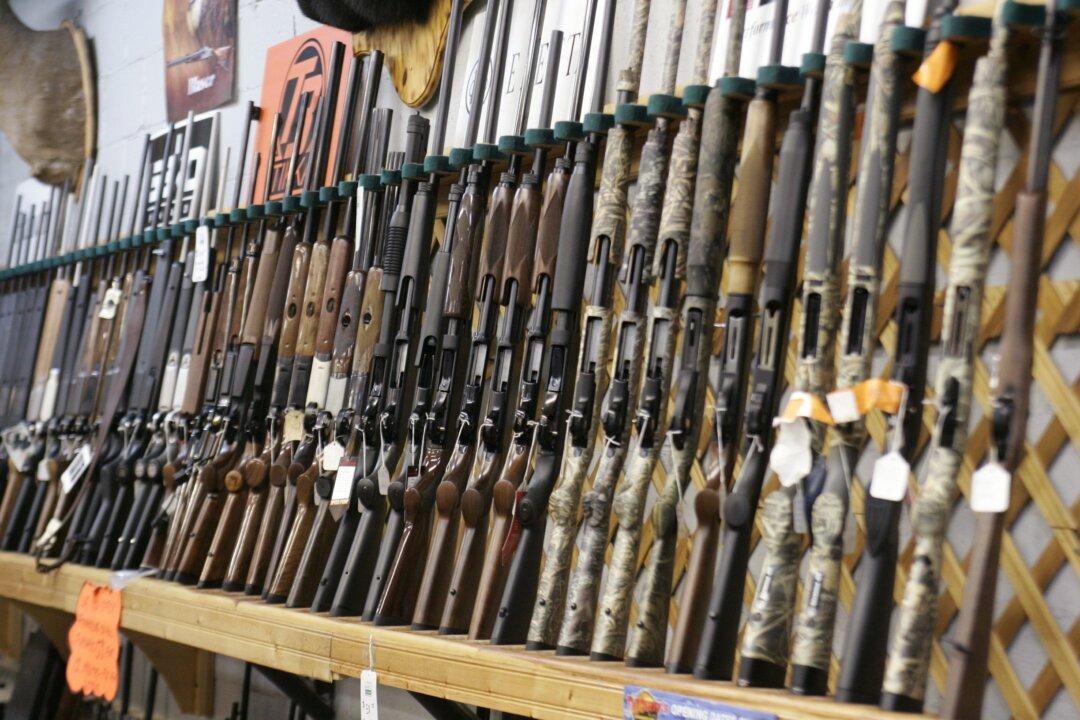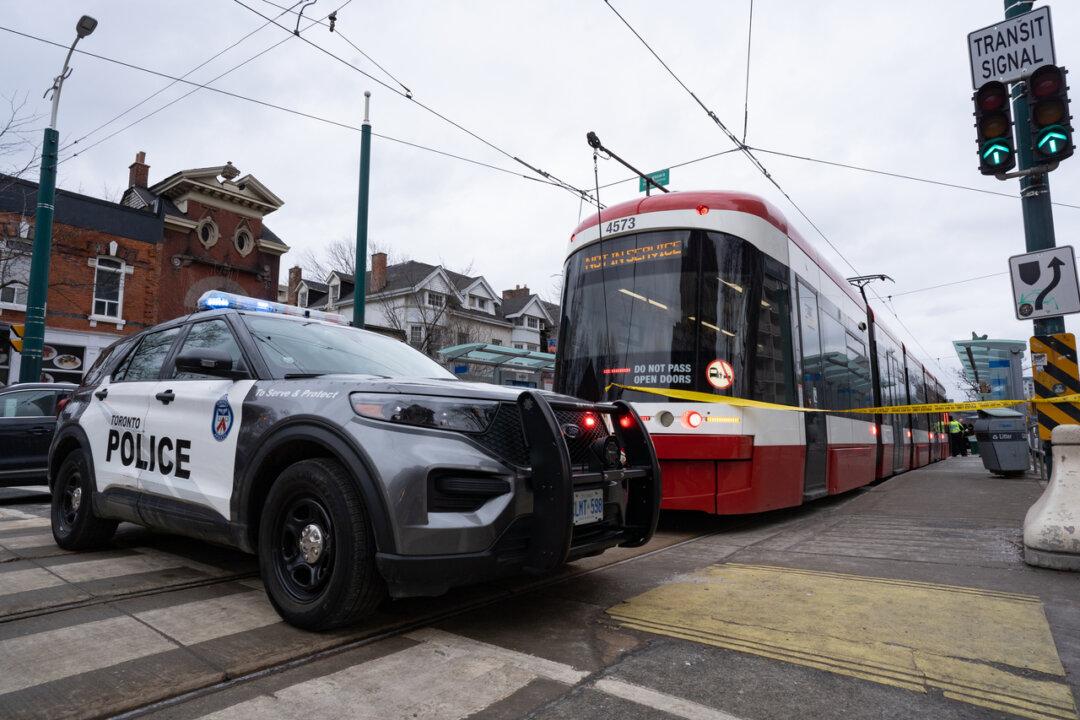Commentary
In the past few years, the Liberal government has prohibited millions of firearms with a total value over $4 billion. To avoid criminal charges, owners must surrender the newly banned firearms to the police. All of these firearms are owned by hunters and sport shooters who have been vetted by the RCMP. Based entirely on vague claims about potential threats to public safety, these confiscations will do basically nothing to make Canadians safer. No violent criminals are involved.





